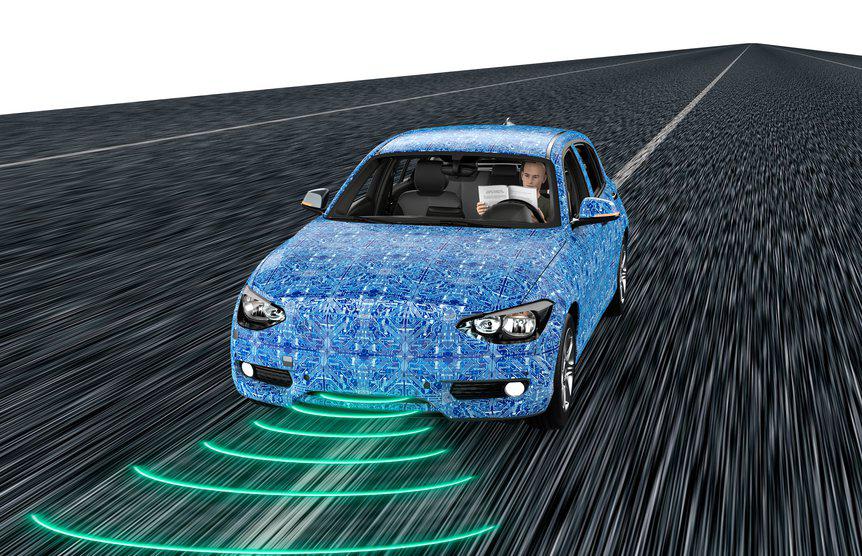Car manufacturers have been investing decades of research and billions of dollars into developing autonomous vehicles designed for everyday use.
Tesla announced 100 million miles travelled on AutoPilot earlier in the year, while Uber and Google have been hard at work trialling their fully autonomous versions on the streets of Silicone Valley; meanwhile Singapore is trialling the world’s first fully autonomous bus.
At this pace, driverless cars may appear sooner than expected.
According to TTM traffic Director Simon Crank, these changes will bring about unprecedented transformation of people's lives, and road networks and cities must be designed to accommodate this.
“Our current road network has the capacity to move 2,000 vehicles per hour per lane. The introduction of autonomous vehicles will allow up to six times this on high speed roads,” Crank said.

"Driverless cars don’t require the same margin for error as humans. This will allow safer high-speed and bumper-to-bumper transit, creating a more efficient traffic flow.
“We won’t need guardrails. We won’t even need acoustic barriers, as most cars will be electric. We’ll also be able to reduce the lane width, by up to a metre.
Crank added that in many cases, this will mean an additional lane is added within the existing road width. For others, it will mean the additional space is reallocated to bike lanes, footpaths, gardens and other usable public space.
“From a planning perspective time, technology and funding will determine whether the cars will continue to respond to the road conditions via sensors and cameras, or if they will communicate wirelessly with other cars and the entire road network infrastructure," he said.
"Assuming the latter is the end goal, there will be less rapid breaking and acceleration, which makes for more efficient power or fuel consumption and a longer vehicle lifespan."
Convenience is another significant benefit of the autonomous influx. Whether it be the convenience of commuting or parking, the time spent during these often stressful and unavoidable periods can be devoted to something far more productive and enjoyable.
“We will need to convert roadside parking to drop-off and collection zones, as people are dropped at their location before sending their vehicle to the nearest parking station," Crank said.
"Many existing carparks will be adapted for commercial use, and those that remain will likely be redesign to become fully-automated vertical stackers.
"These will allow vehicles to arrive at a hole-in-the-wall before parking in an incredibly compact, high-density parking station."Despite the benefits and collective excitement over the possibilities, there are still a number of issues that need to be addressed.















